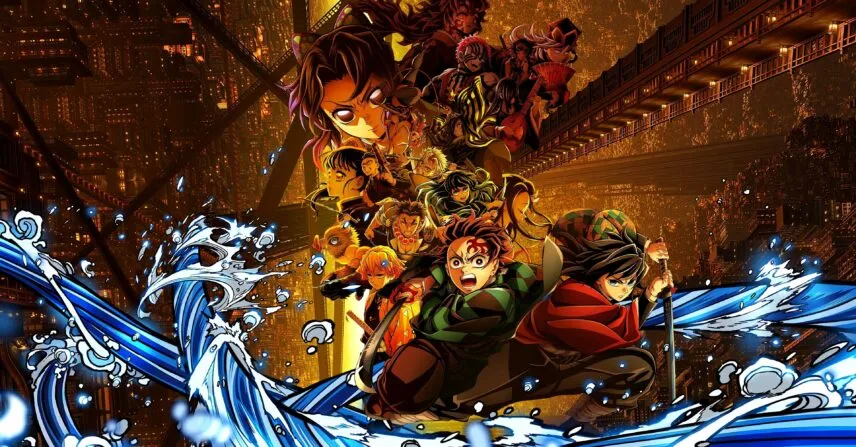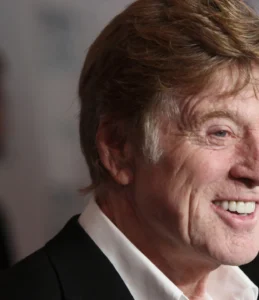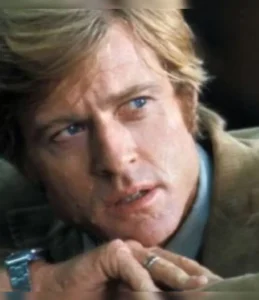
Review | Demon Slayer: Infinite Castle – A Box Office Hit, But Is It a Good Movie?

There’s no denying: ‘Demon Slayer: Infinite Castle’ is a massive hit, earning millions in its opening weekend. The animation quality from studio ufotable remains at a rarely seen level, the battles are electrifying, and the emotional moments that deepen the characters are all there. Everything that made the franchise a global phenomenon is present. However, the film is marketed as a movie, and this raises a crucial question: is it a good film? And the answer is complicated.
If we evaluate ‘Infinite Castle’ strictly as a cinematic work, it suffers from a fundamental problem: the pacing. The action, which should be the focus of this story arc, is constantly interrupted by flashbacks, reflections, and digressions. The result is frustrating and makes us question whether the film format was the best choice for this part of the saga.
O que este artigo aborda:
- What works in the manga may not work on the big screen
- The inevitable comparison with ‘Mugen Train’
- A different experience for each type of fan
- Verdict: An essential piece of the anime, but a flawed film
What works in the manga may not work on the big screen
Any longtime shonen fan knows this narrative structure is the bread and butter of classics like Naruto e Bleach. Action is paused to make room for character development, their motivations, and tragic pasts. Demon Slayer masters this, creating empathy even for the cruelest demons. The problem is that the language of episodic manga and anime doesn’t translate perfectly to film.
Manga and anime are designed for serialized format. They build tension in a crescendo and end on a cliffhanger, making the audience come back the following week. A film, by definition, is a more compact and self-contained work. It benefits from an uninterrupted pace, especially an action film. Watching ‘Infinite Castle’ is like driving a powerful sports car whose engine overheats every few minutes. The adrenaline rush of speed is soon cut off by a forced stop, and this creates frustration rather than tension.
Although it is a faithful reproduction of the narrative style of Koyoharu Gotoge, the manga’s creator, the feeling left is that the adapted chapters (140 to 156) were stretched to fill a feature-length duration. It was a commercially smart decision but harmed the experience.
The inevitable comparison with ‘Mugen Train’
The franchise itself has already proven it can, indeed, produce an excellent film. ‘Mugen Train’, the first feature, adapted even fewer chapters from the manga and yet feels much more like a cohesive film. Why? The answer lies in the nature of the arc.
The Mugen Train arc was perfect for cinema: short, contained, and with few characters in a single location. This resulted in a much steadier pace, with a narrative flow that was rarely interrupted. ‘Infinite Castle’, on the other hand, follows more than twenty characters, divided into small groups and lost in a chaotic dimension. It is a survival battle that replicates a classic shonen trope: the heroes split up to face multiple powerful enemies at once. It’s an inherently episodic structure that, to make things worse, doesn’t conclude here, leaving us with a cliffhanger for the next film.
A different experience for each type of fan
It’s crucial to notice how the experience of watching the film changes depending on your background with the franchise. As a manga reader who was already familiar with the emotional outcomes, my attention was on the action and visual spectacle. For me, the pauses were frustrating. However, for a friend who only follows the anime, the same scenes were the highlight, provoking tears and deep emotional involvement.
What for one group are pacing flaws, for another are essential moments of depth. This says a lot about the quality of character building in the franchise but also exposes the difficulty in pleasing everyone with this format. The moments that shine for newcomers are those that break the immersion of those who already know what’s coming.
Verdict: An essential piece of the anime, but a flawed film
In the end, ‘Demon Slayer: Infinite Castle’ is a dazzling animation work and a must-watch chapter for any saga fan. The fights, when they happen, are breathtaking, especially the showdown between Tanjiro, Giyu, and the demon Akaza in the second half. However, as an independent cinema piece, it fails to maintain an engaging pace.
Turning the final arc into three films was undoubtedly the best financial move. But for the viewer’s experience, a well-structured anime season would have served the story much better. ‘Infinite Castle’ is less a film and more a set of deluxe episodes shown on the big screen. Essential for fans but frustrating for those expecting a great film.


